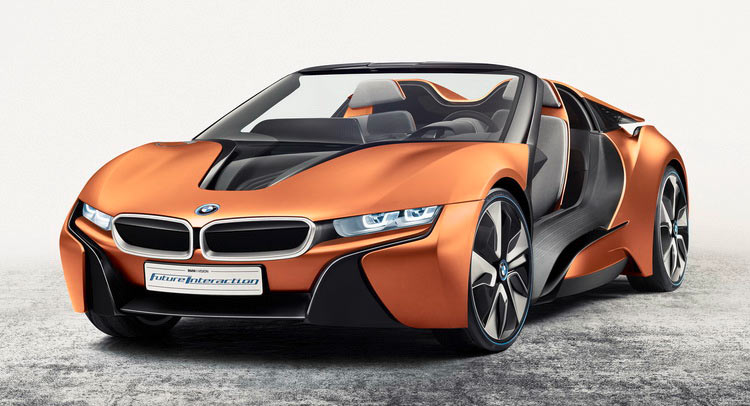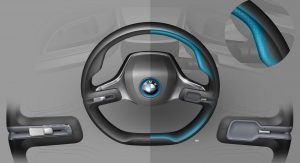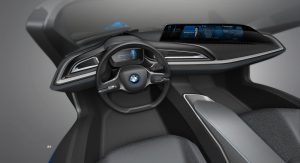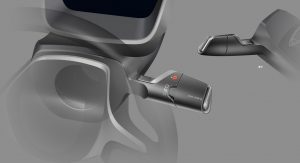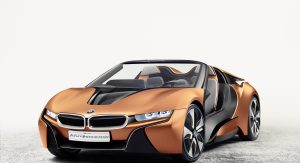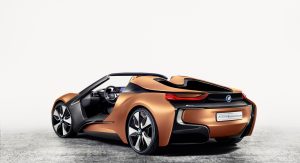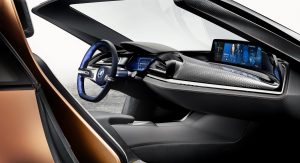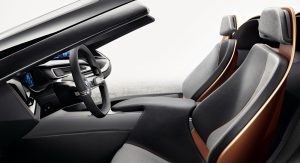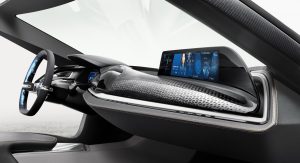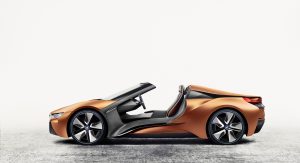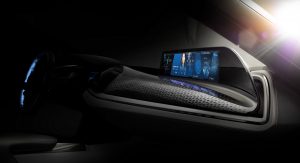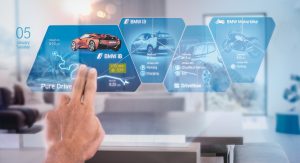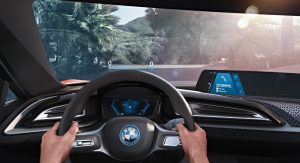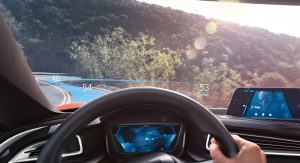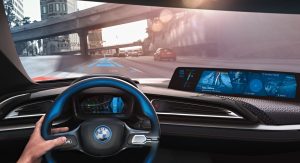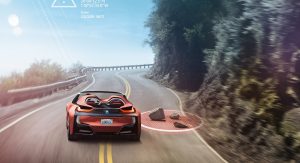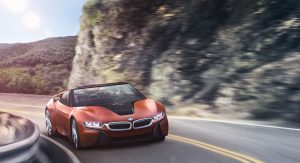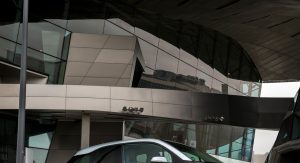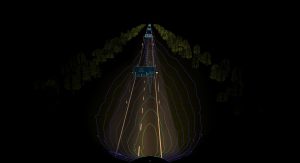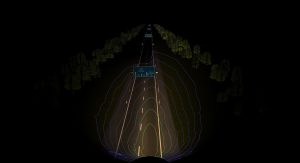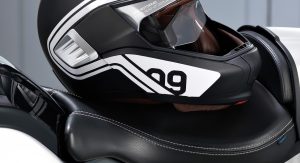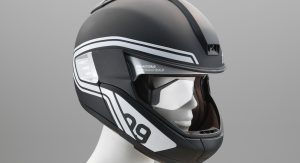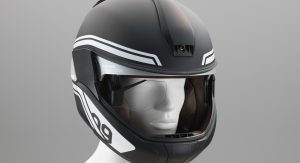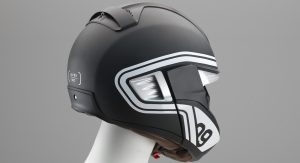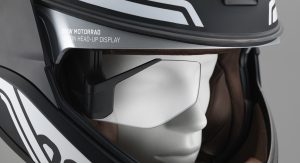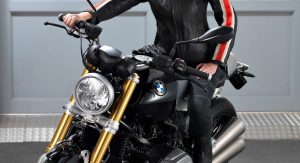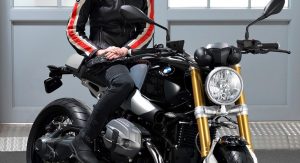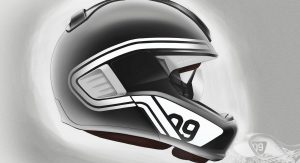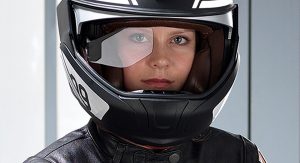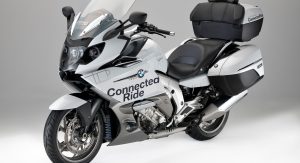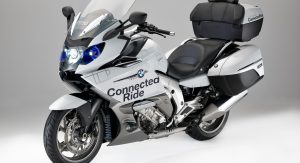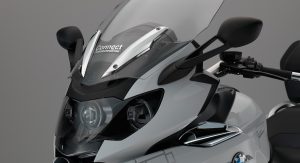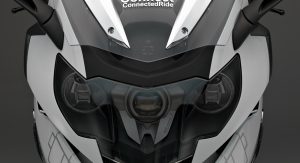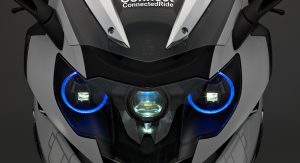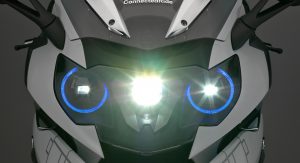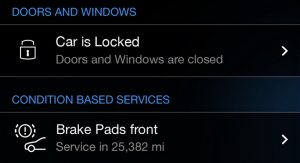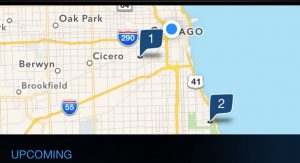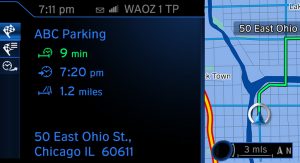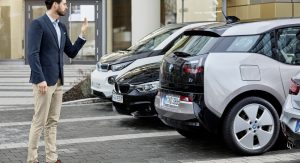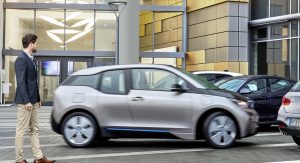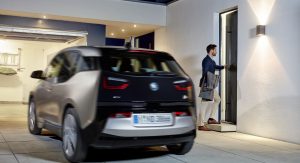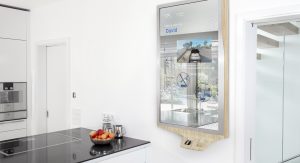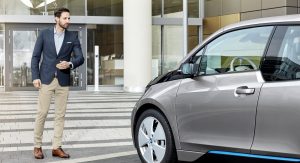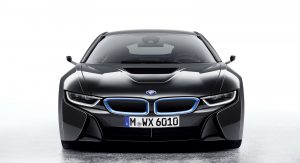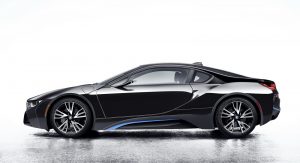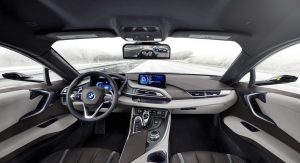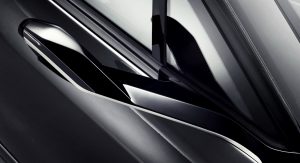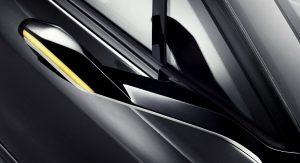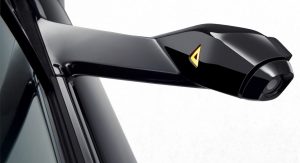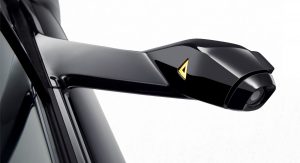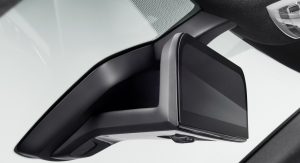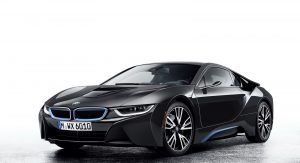The BMW i Vision Future Interaction concept is basically a revisited i8 Spyder concept which lost its doors and gained a lot of new tech on the airy inside.
BMW wanted to demonstrate what the user interface of the future might look like, with the concept featuring a huge 21-inch panorama display in front of the passenger, a completely digital, 3D screen in the instrument cluster and a high-resolution head-up display among others.
The new open-top concept carries as you would expect autonomous-driving technology as well, with the newfound architecture of the dash actively adjusting to manual or self-driven mode. The huge screen in front of the passenger can even be used for video calls during autonomous mode with the driver and passenger having unrestricted web access.
BMW has minimized the number of knobs and buttons on the interior, leaving just a ‘drive selector switch’ on the left-hand side of the steering wheel. The driver can select between three different drive modes: Pure Drive for manual operation and keeping the assistance systems on the background, Assist which let the systems actively intervene if there is a danger of an accident, and Auto which lets the car itself take over the control with the driver not having to intervene at all.
With all the buttons gone, the company showcased their latest version of gesture control, called AirTouch. Sensors installed in the dashboard can read and respond to hand movements, controlling this way the big screen, with two switches located on the steering wheel and in front of the passenger for them to confirm their commands.
In addition, the new i8 concept has touch-sensitive surfaces on the central console and an advanced voice-control interaction. Laser headlights and a flat engine cover complete the familiar exterior shape.
BMW has also showcased their vision for the Connected platform at the CES in Las Vegas, which now includes the Open Mobility Cloud, which links a car like the BMW i3 with your smart home and various mobile devices. The company also revealed the motorcycle version of the Connected platform, showing a K 1600 GTL with a laser headlight and a helmet with a head-up display.
The BMW i8 Mirrorless and i3 Extender Rearview Mirror show how cameras can be adopted in the very near future in order to replace the traditional door and rear-view mirrors.
Gesture control, high-resolution panorama displays and cameras instead of mirrors will become the norm in the coming year, while autonomous driving technology keeps being developed in order to make our commutes less boring.
One question though: Why are the doors gone?




